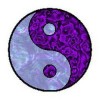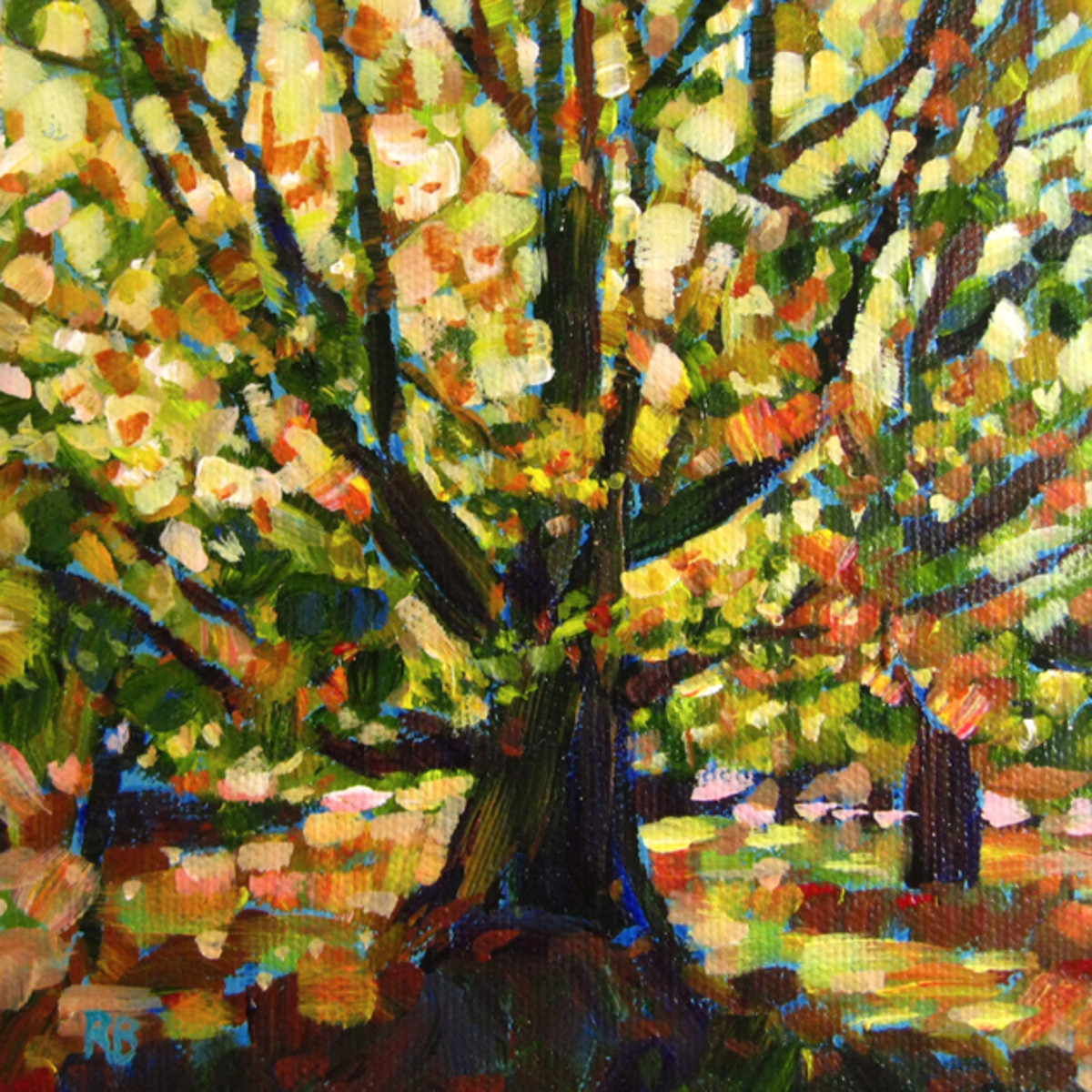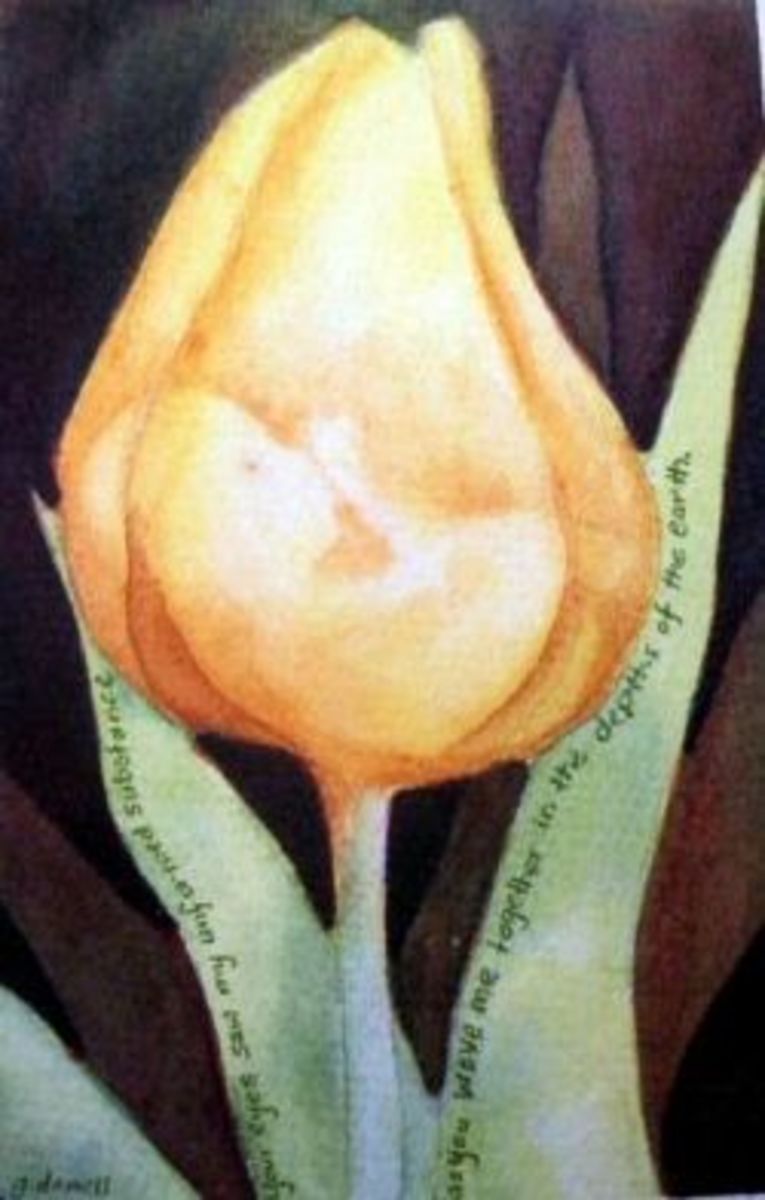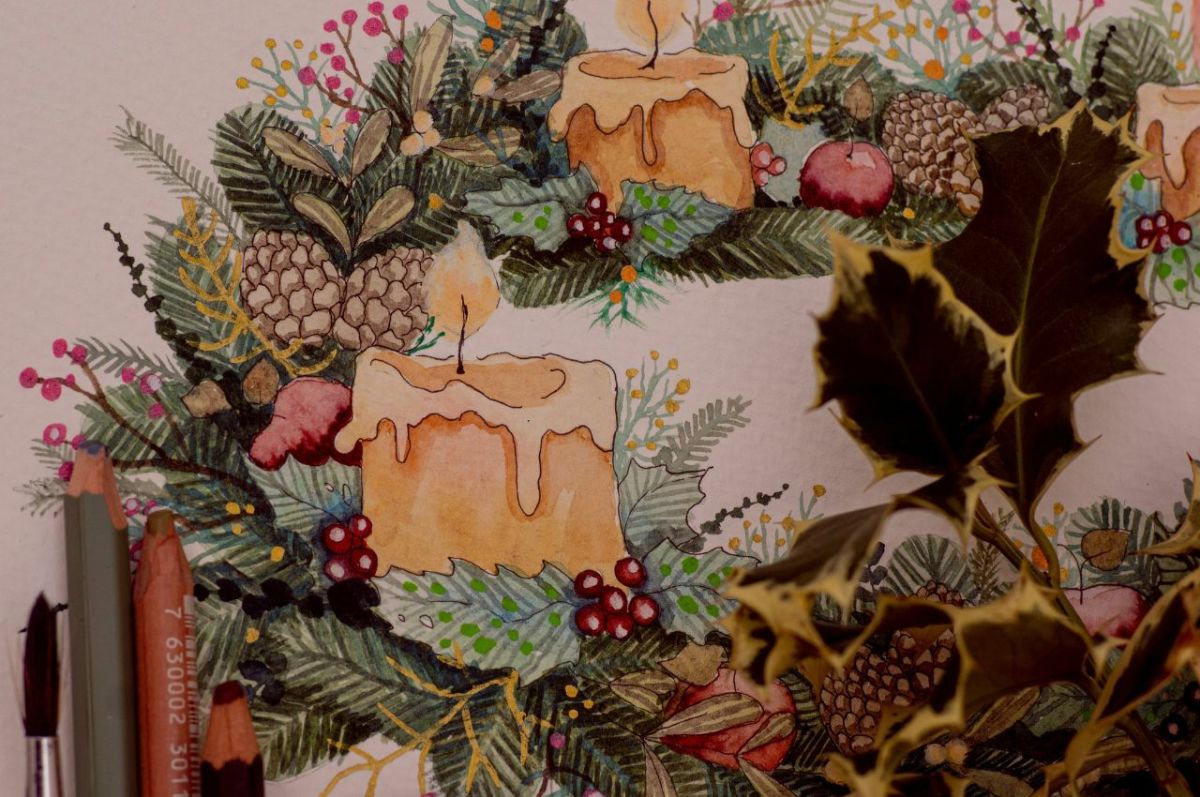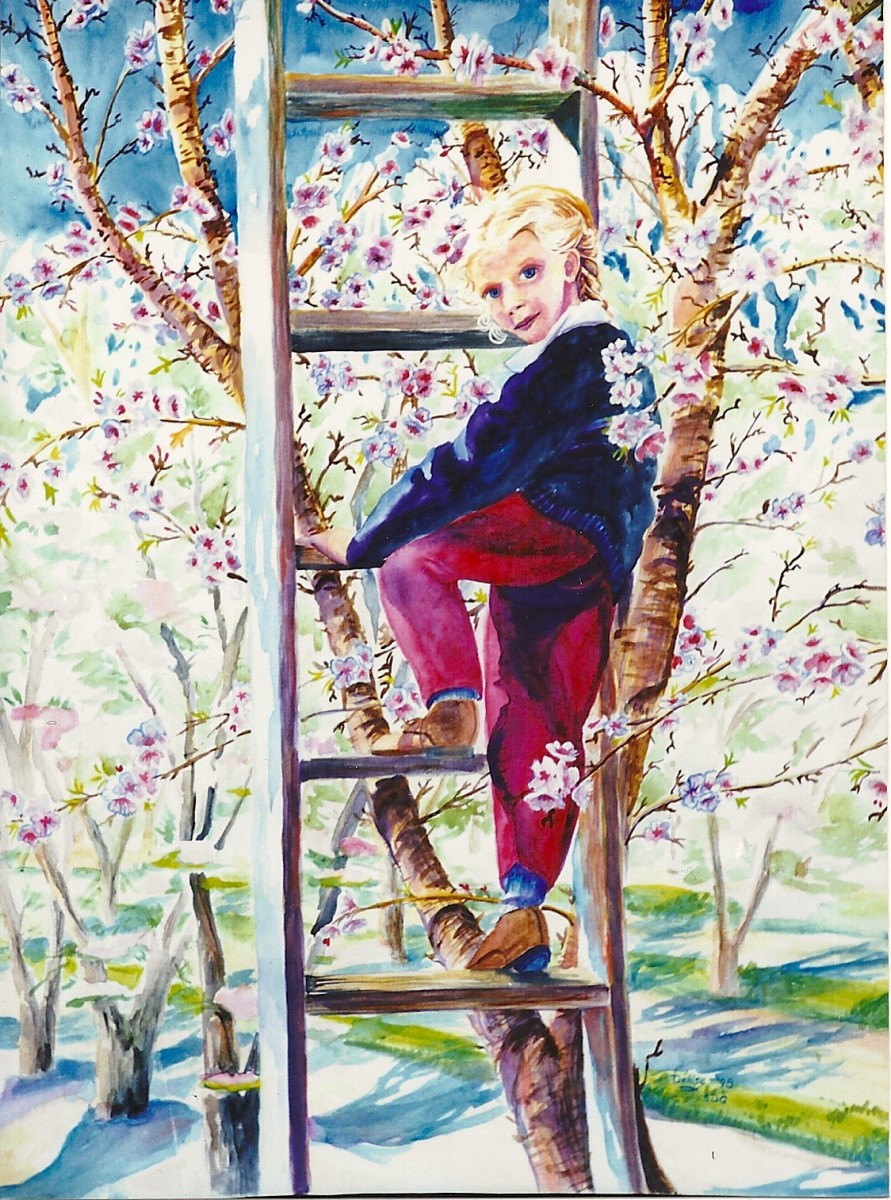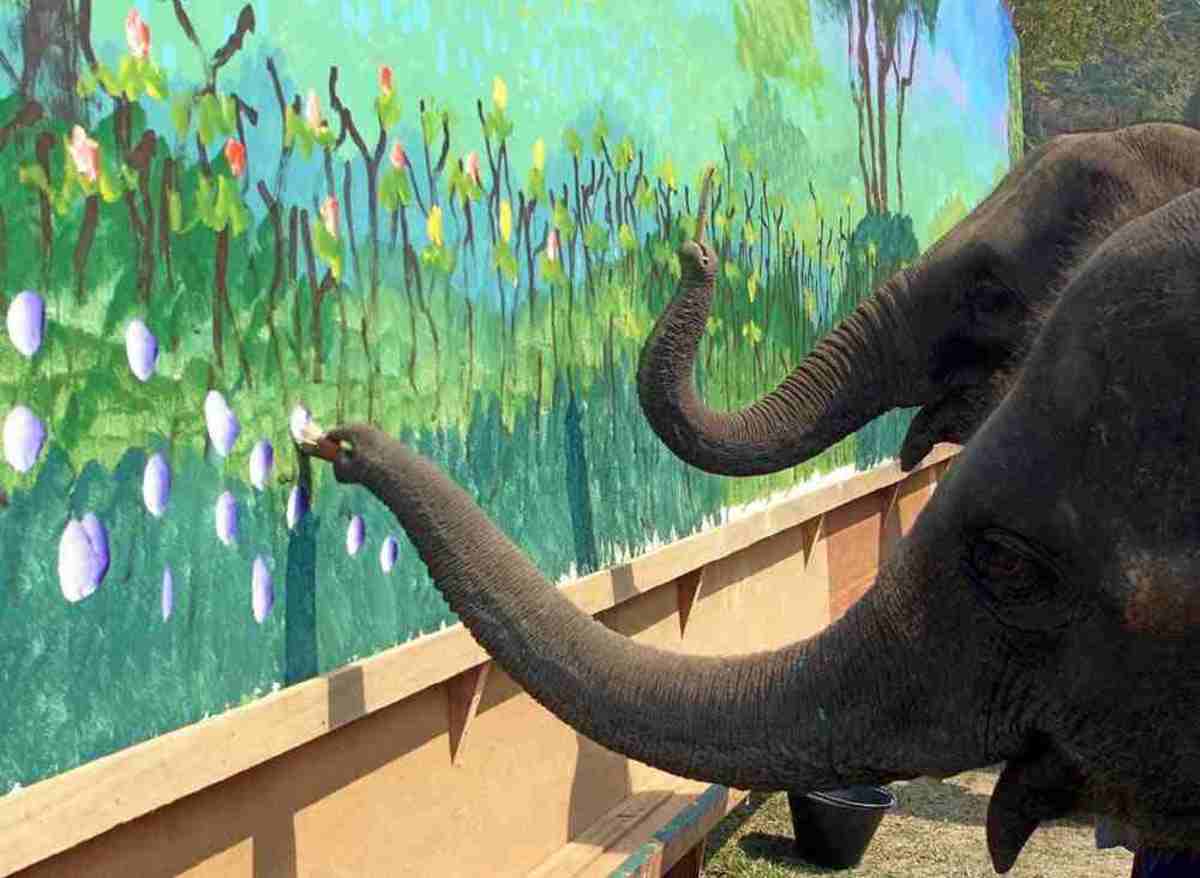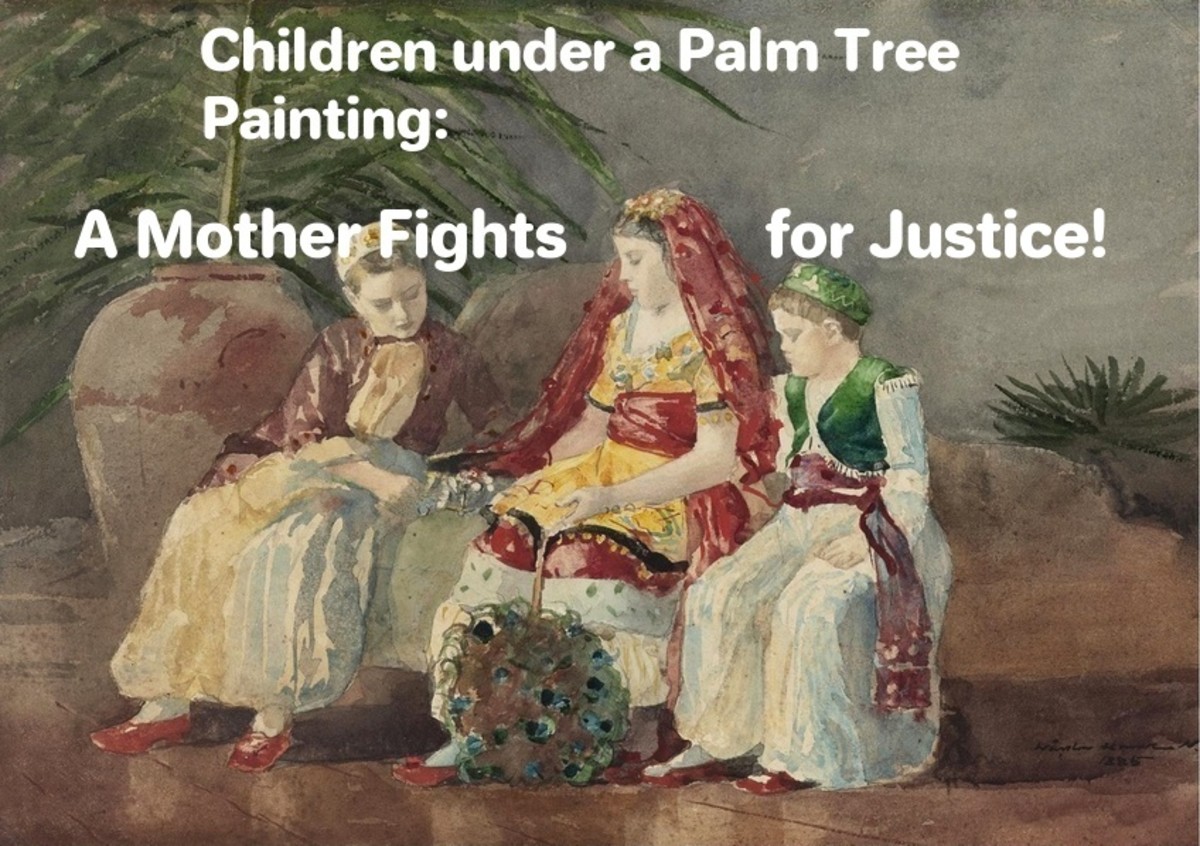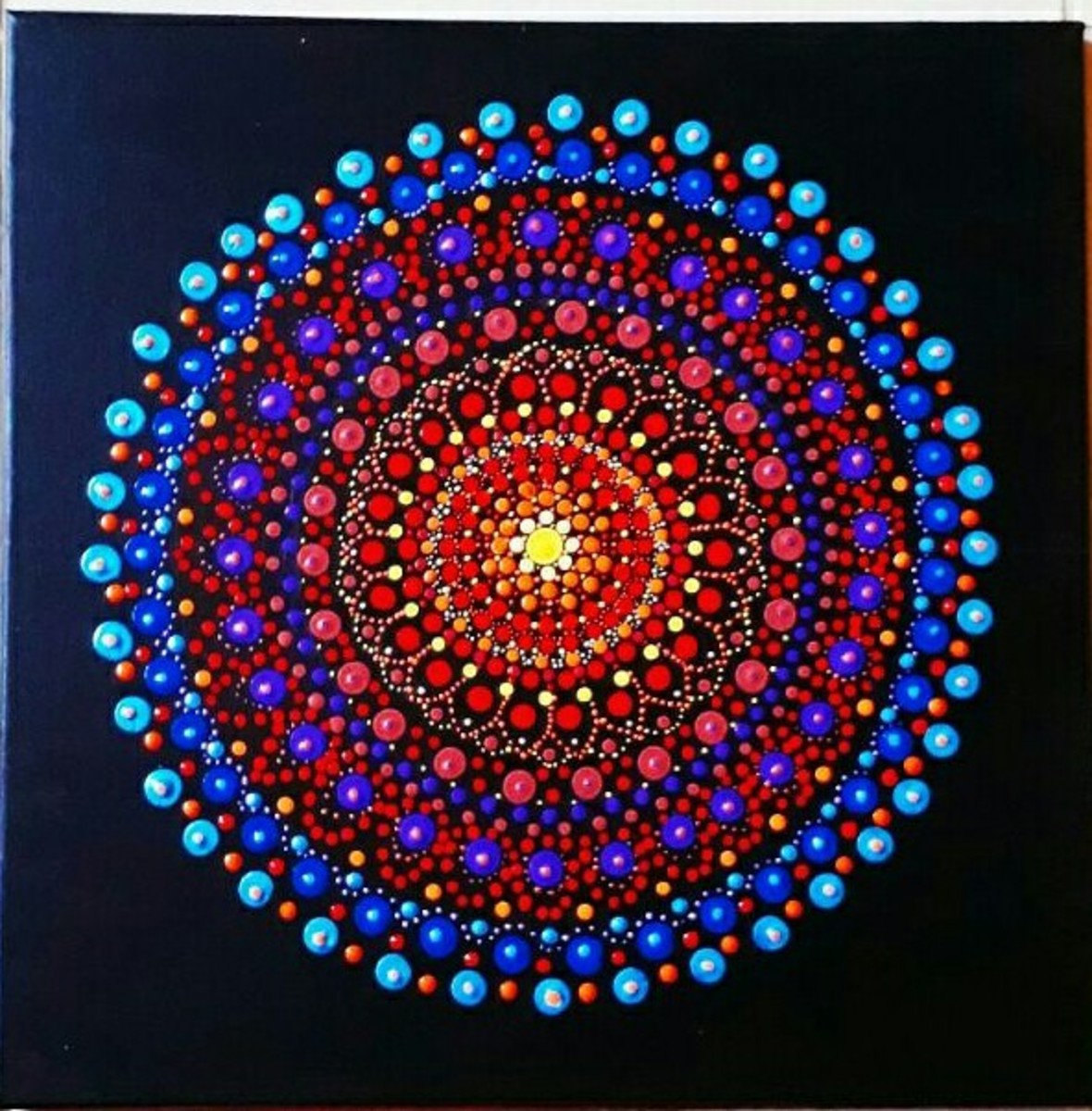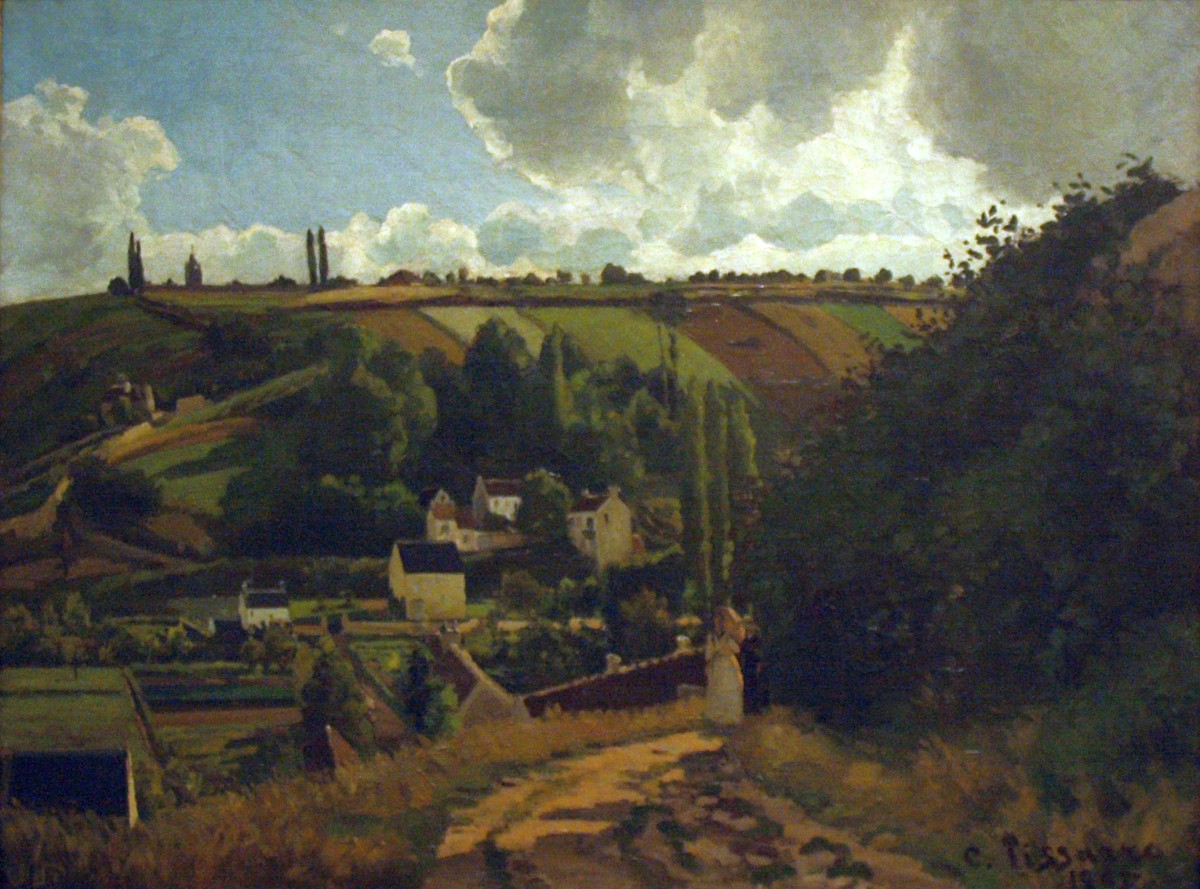Watercolor Painting Techniques | How to Watercolor Paint
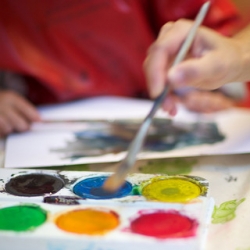
Watercolor techniques
There are a number of basic watercolor painting techniques you need to master if you are interested in becoming a watercolor painter, which is really not that hard. All you need are a little bit of creativity and imagination. After learning a few tips you can become pretty good at this without having to spend a fortune.
Many folks are interested in learning how to watercolor paint as it allows them to express themselves and create beauty using their fingers. This can indeed become a relaxing and refreshing hobby.
There is plenty of beauty in the world that surrounds us, and as an artist you have it at your disposal to depict that beauty and share it with others, even those that sometimes fail to see how wonderful life really is.
Now let's briefly go over a few of these techniques.
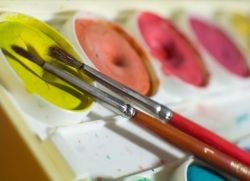
How to watercolor paint
Watercolor basics
In learning how to watercolor paint, the very first technique you need to master is drawing a flat wash. You're going to start by mixing a good amount of medium intensity paint on your palette. You also want to use a flat brush like the Winsor and Newton 965 for this task. The next thing you want to do is saturate your brush and then paint a thick straight line from left to right on your canvas. Make it about 4 to 6 inches in length.
Once you have drawn the first line, you're going to repeat the procedure making sure that you start at the bottom of the first stroke. The flood of the first stroke should evenly flow into the second stroke. You then want to do the same thing again for a third, fourth and fifth stroke and so on. After you are done and the canvas dries, you should end up with an even toned square of color as if the whole thing were painted with one stroke. This will require some practice but it's a very important watercolor painting technique to master.
Now you're going to learn the graded wash. This procedure is almost the same as the first (flat wash) except that for each line that you draw, you're going to use a slightly lighter mixture of paint. Therefore, you will need to include several mixtures on your palette in order to get the right effect. Once you're done, you should be able to see that the top of the square is the darkest while the bottom is the lightest. In addition, as you go from top to bottom, the color should get lighter and lighter.
The third of the basic watercolor techniques is called the glazed wash. Here you want to overlap colors to make some interesting designs. First get a palette with different shades of red, yellow, green and blue. Next, pick any of the colors and draw, a straight line about 6 to 8 inches wide using a 1 inch flat sable brush. Now rinse off the brush and choose another color. Which colors you use isn't important at this point.
What you're going to do next is draw another design slightly overlapping the first one. It should become apparent how the second color slightly modifies the first one. Keep repeating the process using a variety of designs and overlaps. Like the previous watercolor painting techniques this one also takes some practice but is important for you to master.
Watercolor technique videos
Watercolor painting lessons - Watercolor step by step
We can only cover so many watercolor painting techniques in a single web page. If you're serious about learning how to watercolor paint, I'd recommend this watercolor tutorial book which contains detailed and easy to follow step-by-step watercolor instructions from start to finish.
Watercolor sets and brushes
Start working on your masterpiece today.
Are you an expert in watercolor painting or a beginner looking to learn how to watercolor paint? Share your thoughts and experience with us.
